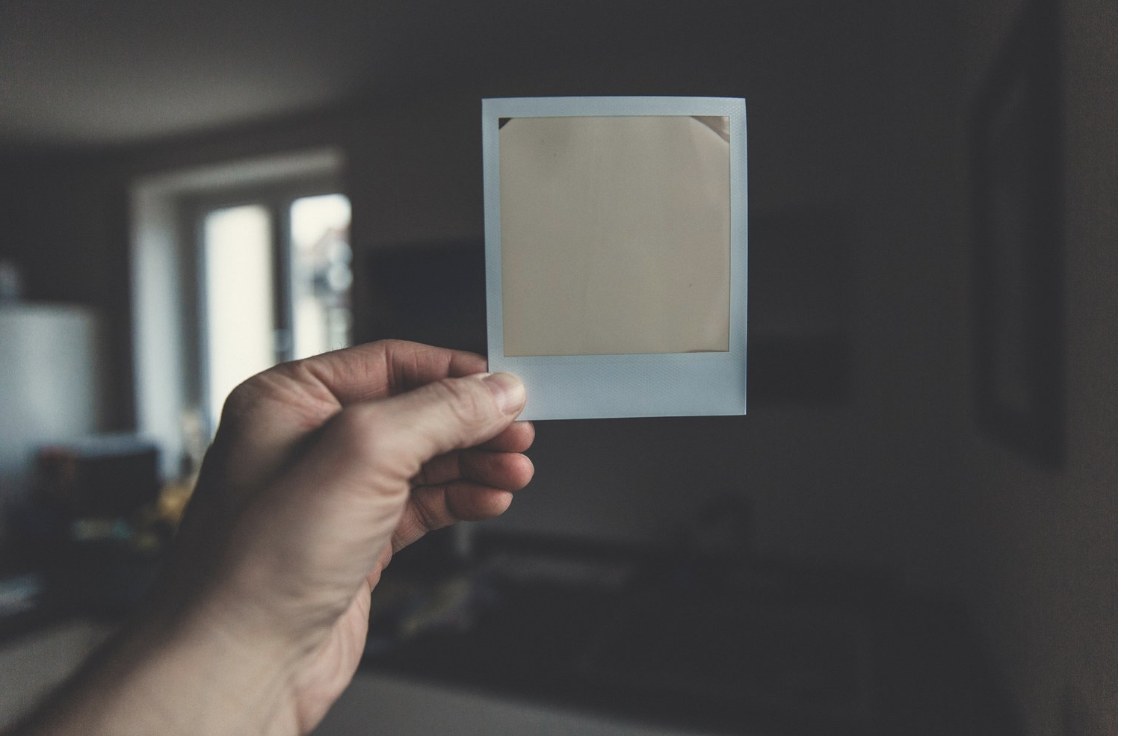Nostalgia and the Selfie Experience
In my day if you wanted a photograph you pressed the shutter and hoped for the best. Then you had to wait a couple of weeks while the photo printing place processed your film and when you got it back half the shots were unusable. Ah… I miss those days.
Every older person, ever.
Nostalgia is a curious thing. It’s the bittersweet feeling that one gets when thinking back to a past that can never be attained again, but still seems almost in reach. It’s the reason a person may choose to wax their mustache to a pair of curly points, play an emulated 1980’s video game, or apply a sepia filter to a perfectly well lit and colour balanced digital photograph.
Photography’s relationship with nostalgia is certainly an interesting one. Since the 1880’s and the advent of a photographic process that didn’t involve clamping its subjects’ necks for 15 minute exposure times, photographs were a snapshot of the present to be brought out in the future in order to remember the past. Any nostalgia that might have been present in these situations was a product of the remembrance of the time the photo was taken; the hairstyles, the decor and in some cases, the MC Hammer parachute pants.
Now nostalgia has become much more layered and self referential- for example reminiscing about the early 2000’s when the 1980’s were back in fashion (again). It’s also interesting to observe the fact that nostalgia now exists for not only the product of photography, but the photographic methods themselves.
“Then they brought out this new thing called a ‘Polaroid’ where you could see your photograph within just a few minutes, and all you had to do was to shake it in your hand and look like a goose for a bit.
— A not all that old person
Early smartphone apps such as Hipstamatic capitalised on this desire to reacquaint (or at least associate) with an aesthetic from a pre-digital age. Services offering photo printing from digital sources have sprung up like so many hipster mushrooms across the Internet. Polaroid stopped making their flagship product in 2008, but the ‘insta print’ phenomena lives on, in the form of inexpensive photo printing, whether this is in the home or in a photo booth printer.
There is no need for a digital camera to make the pre-digital camera shutter noise, but almost all of them do. Partly this is good user interface design; keep the experience the same even though the underlying implementation has changed. But I suspect that nostalgia may play its part here too. Recently I spotted somebody shaking a snap from a photo printer as though it was a Polaroid. Perhaps it was the white border around the picture that caused her to do so, but in any event it was an interesting confirmation that nostalgia isn’t simply a feeling - it’s a behaviour.
Hard copy photographs not only still have a place in our digital age, but are an artefact of a premium experience. Finding an old photograph years after it was taken is a delighting experience, and it’s one that requires no hardware, software or Internet access.
Photo booths have been making somewhat of a comeback as of late, fuelled no doubt by a nostalgia for booths of old. There is also a rather interesting behavioural dynamic going on here.
“I remember my first experience with a photo booth- we knew we wouldn’t get a second chance to get that perfect pose.
— Tyler, Gen X-er and John Hughes fan.
Camera phones can capture and record thousands of images, and as such a new style of photography has emerged. The recipe? It’s really rather simple- take as many shots as possible and sort out which shot is ‘the one’ later on. This style has its challenges when applied to larger groups of people- suddenly the issue of whether the photo is any good is a matter than must be settled on the spot; and let’s face it, the criteria for whether it’s any good is “Do I look any good in this photo?”, for each person in the photo. It’s an inconvenient truth, but the time taken to reach a consensus as to the acceptability of the photo rises sharply as a function of the number of people involved in the photo. I mean, just look at this graph:
Throw in potential camera operator error and you can easily see how what should be a lovely group photo can instead turn into a gear grinding social ordeal with no guarantee of success.
Contrast this with the experience of a photo booth, where there is no negotiating with the camera operator to retake the picture, short of the negotiating technique known as ‘Here’s some more money’. With a photo booth, there is very little point in asking the machine to “take another one where my eyes aren’t closed” or “make me look more intelligent”, and as such there is just the right amount of performance pressure to motivate photo subjects to come together as a cohesive group and focus for a moment on the task at hand. That task is simply to look at the camera, keep your eyes open, and try not to make a face that you will later regret.
And in this we see a beautiful moment played out time and time again- a group of people, each different in their own way, unified for an instant of time in the present, to be re-discovered in the future, and in turn to give a feeling of nostalgia for the past.





